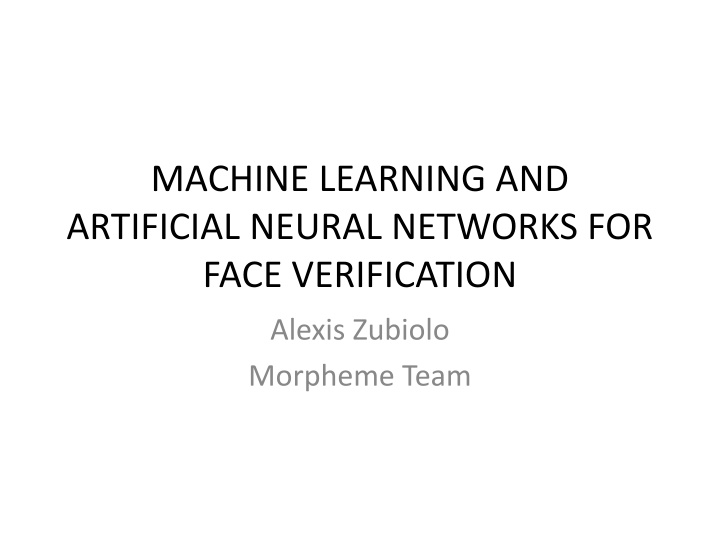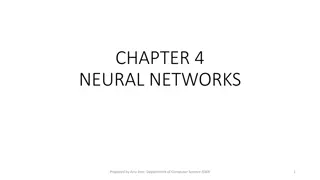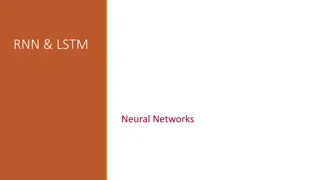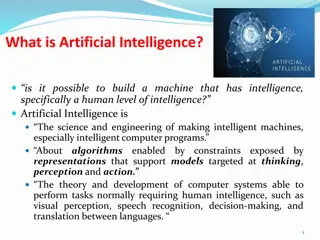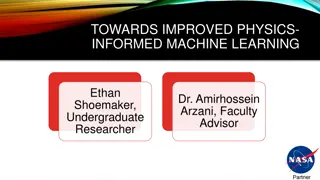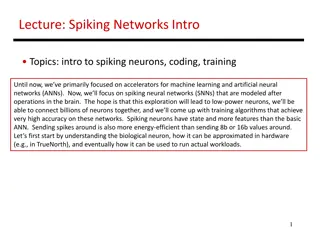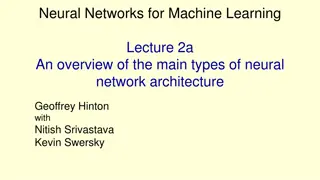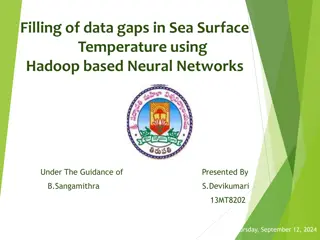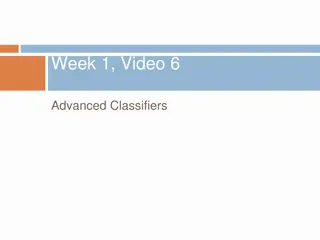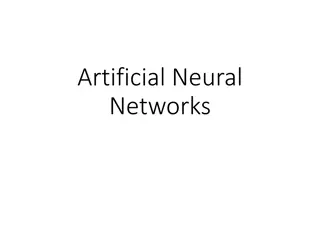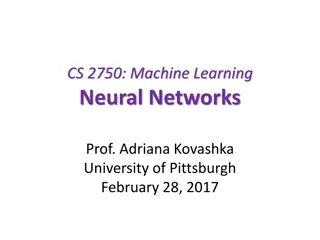Machine Learning and Artificial Neural Networks for Face Verification: Overview and Applications
In the realm of computer vision, the integration of machine learning and artificial neural networks has enabled significant advancements in face verification tasks. Leveraging the brain's inherent pattern recognition capabilities, AI systems can analyze vast amounts of data to enhance face detection and verification processes. Neural networks, inspired by the human visual system, play a crucial role in this domain, offering efficiency and rapid processing for various vision-related tasks. The use of Artificial Neural Networks (ANNs) in applications like DeepFace demonstrates their potential in revolutionizing face recognition technology, with complex architectures and adaptive weights for optimal performance across different datasets.
Download Presentation

Please find below an Image/Link to download the presentation.
The content on the website is provided AS IS for your information and personal use only. It may not be sold, licensed, or shared on other websites without obtaining consent from the author.If you encounter any issues during the download, it is possible that the publisher has removed the file from their server.
You are allowed to download the files provided on this website for personal or commercial use, subject to the condition that they are used lawfully. All files are the property of their respective owners.
The content on the website is provided AS IS for your information and personal use only. It may not be sold, licensed, or shared on other websites without obtaining consent from the author.
E N D
Presentation Transcript
MACHINE LEARNING AND ARTIFICIAL NEURAL NETWORKS FOR FACE VERIFICATION Alexis Zubiolo Morpheme Team
Why do we need AI in Computer Vision? The brain is really good at some pattern recognition tasks (e.g. face detection/verification) But still, we have no idea how we perform face detection, we are just good at it Nowadays, it s easy to gather a lot of data (internet, social networks, ), so we have a lot of training data available
Why neural networks? The human vision system is the best we know The brain has some interesting properties (low energy consumption, really quick for some vision tasks, )
What to expect from an ANN? It should be good at vision tasks It should be bad at some other tasks 156 * 32 + 7853 = ?
ANN: A (very, very) quick overview 3 types of layers (input, output and hidden) Adaptive weights (i.e. numerical parameters tuned by a learning algorithm)
Pipeline of the method 1ststep: Face Alignment
Pipeline of the method 2ndstep: DNN Architecture and Training C = Convolutional layer M = Max-pooling layer (makes the output of convolutional networks more robust to translations) L = Locally connected layer F = Fully connected layer More than 120M parameters to learn!
Tests on different datasets 3 different datasets have been used for testing: Social Face Classification (SFC 4,030 people with 800-1,200 faces each) Labeled Faces in the Wild (LFW 13,323 photos of 5,749 celebrities) YouTube Faces (YTF 3,425 YouTube videos of 1,595 subjects)
Results on the YTF dataset Computational time: 0.33s per image (overall) TL;DR: The method gives good results.
Open question Can artificial neural networks be considered as the ultimate AI/ML model? Yes! Because human intelligence is considered as the best, so we have to get close to it No! Because: - the brain may be too complicated to implement with the technology we have - and
A classic comparison A few centuries ago, the human wanted to fly So he looked at what was flying and tried to copy it. But now, things have changed a bit
Thank you! Any question? Some useful links: ML course: https://class.coursera.org/ml-005 ANN course: https://class.coursera.org/neuralnets-2012-001 DeepFace paper: https://www.facebook.com/publications/546316888800776/
